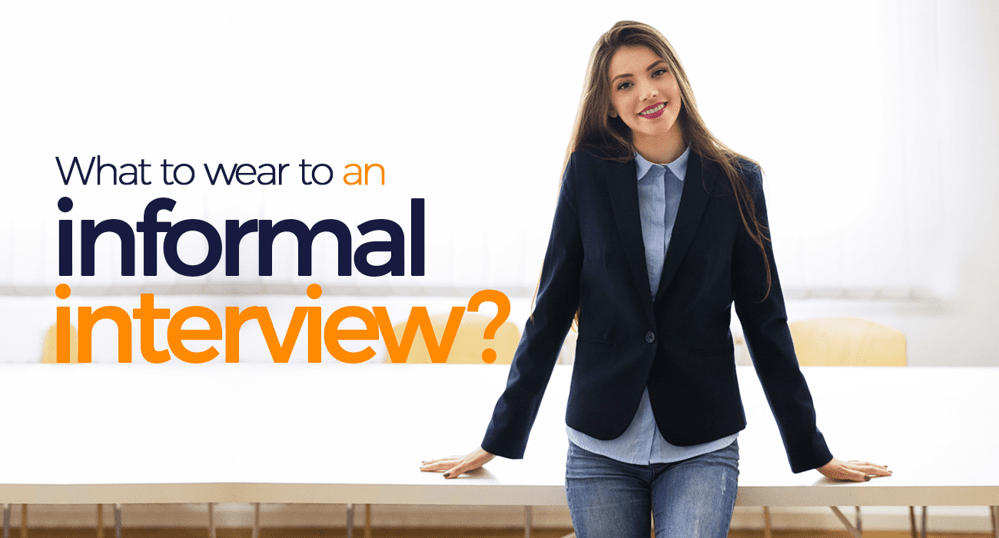
First interviews, second interviews, internet, Skype, Google Hangout, lunch interviews, group panel interviews, and casual interviews are all available. However, each of these sessions has a goal in mind, and the majority of them have some kind of "best practices." So, what do you do when you're invited to the most important work interview of your life?
The Informal Interview
Dress codes seem to have vanished or been forgotten in the world of small businesses and start-ups. The traditional suit is no longer the norm, and wearing a suit and tie can make you feel out of place. It's difficult to say if the dress code is casual or formal until you get a chance to look around your company during the interview.
There are no hard and fast guidelines for someone who is joining or reentering the work market or beginning a career. There is most definitely nothing clear enough in Google searches or “Interviews for Dummies” to convince you of what is appropriate to wear to the crucial first interview.
If you've never worked in a small business or a startup, you're probably unaware of how your interview attire could fit into the laid-back atmosphere you've read about.
If you've never worked in a small business or a startup, you're probably unaware of how your interview attire could fit into the laid-back atmosphere you've read about.
Dressing for an interview
Dressing casually for the first interview: It demonstrates that you are not serious about the situation, and it will most likely decrease your chances of progressing to the next interview stage.
Hairstyles that are unsuitable. So, unless your work expressly demands it, no Mohawks.
Accessorizing outrageously. Unless you're applying for a position at ‘Totes Cray Accessories Inc.,' this involves huge earrings or bracelets, crazy necklaces, or something else irritating... unless you're applying for a fashion job.
If you're worried about being too warm or too cold, cover-up. For my first interview with the FOSSLR guys, I chose a smart semi-formal dress shirt and dress pants, as well as some nice shoes. I also wore a tie, which I quickly removed once things got started because it was clear that a tie was too formal.
Sure, I felt a little out of place when I walked into the office and saw nerdy shirts, jeans, and sneakers, as well as hipster gear and shoes, strewn across rows of desks.
I wore a blazer over my shirt that I quickly removed during my interview to make myself feel less flashy. For a more sophisticated look, I recommend wearing a watch or a simple necklace.
When do you attend your interview in formal business attire?
How do you know if you should dress up for an interview informal, professional business attire? One method is to do preliminary research into the company's community. The work environment, mission, goals, and values-all contribute to the company culture. It also clarifies what kind of clothing you should wear.
If you're interviewing at a big organization, you can find a lot of details about the company culture on the internet. Read testimonials from former employees who worked at that site. Examine the company's social media accounts for pictures of staff at corporate meetings and work parties to see what they're wearing.
Important steps
Worsted wool – Choose a suit made of worsted wool.
Choose your colors carefully – there should be no patterns on your suit. Wear dark grey or navy.
Choose a single-breasted suit jacket as your jacket style.
Shirt design – Choose a crisp, white shirt with no collar buttons.
Wear a pocket square – Fold a white pocket square with care and place it in your breast pocket.
Choose the right tie – Go for a dark, conservative tie. It may have a subtle pattern.
Wear a belt – To keep your pants in place, use a simple leather belt.
Socks – Your socks and slacks should be approximately the same color.
Shoes – Go for oxfords and make sure they're shined.


